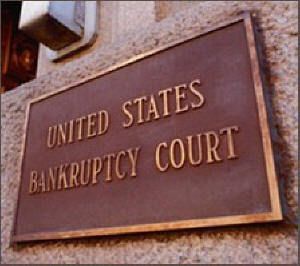
posted by Soo Yeon (Pia), Shin
Due to the current economic crisis, home related businesses facing hard times just like others industries. The housing market started to fall dramatically along with the economic meltdown. Therefore, anything related to home, including home furnishing, were affected first and worst. Warren Shoulberg, the editor of Home Furnishings News, even stated as, “Other than the auto industry, I think the home furnishings industry has pretty much gotten hit the worst.”
The Home Depot claimed that it would close all 34 Expo Design Center- the Home Depot spinoff, in 13 states, resulting in the elimination of 5,000 jobs. Domino Magazine decided to cease publications after four years of business and 28 issues. It is already the eighth major home design magazines to cease publications since November 2007. Also, the home furnishing retailer, Linens ‘n Things, already went into bankruptcy on April 2008.
The downturn of the home furnishing industry looks pretty dramatic. Ray Allegrezza, the editor of Furniture Today, said, “If you had a billion dollars, you could buy the entire portfolio of publicly traded furniture companies, including Thomasville and La-Z-Boy, and still have money left over to go to McDonald’s.” Those brands are used to be huge, so it was almost impossible to take over like that simply. So, Allegrezza’s statement above shows how extremely the home furnishing industry was affected by dreadful condition in the economic.
References:
http://www.nytimes.com/2009/01/29/garden/29industry.html?_r=1&scp=1&sq=homefurnishing&st=Search
http://www.dominomag.com/
http://www.newser.com/archive-business-news/1G1-187050592/bankrupt-home-furnishings-retailer-linens-n-things-is-closing-its-bedford-and-salem-stores-in-new.html












